Product Name: Aluminum Forging
Product Type: Metal Forging
Material: Aluminum
Shape: Customized
Surface Treatment: Anodizing, Powder Coating, Spray Painting, Polishing
Production Process: Die Casting, Press Forging
Advantages:
1. High strength-to-weight ratio
2. Superior mechanical properties
3. Enhanced resistance to fatigue and wear
4. Tight dimensional tolerances
5. Cost-effective production
| Color | Silver |
|---|---|
| Material | Aluminum |
| MOQ | 1 Pcs |
| Sample | Available |
| Place of Origin | China |
Product Details
MINGYU Tech is a reputable supplier of forged aluminum flanges for the telecommunications industry. With our advanced forging technology and expertise, we can produce forgings for a wide range of telecommunications equipment, including antennas, satellite dishes and support structures. Our team works closely with our customers to provide cost-effective solutions that meet their specific needs. We are committed to providing the highest quality products and excellent customer service to our customers in the telecommunications industry.
forged aluminum flanges is a metal forming process that involves shaping the aluminum metal through the application of extreme pressure and heat. The process starts with a solid aluminum billet, which is heated to a high temperature and then is placed in a die. The die is a pre-designed tool with a specific shape and size, and it is used to shape the aluminum billet into the desired product. The application of pressure causes the metal to take the shape of the die, resulting in a forged aluminum product with enhanced strength and durability.
One of the main advantages of forged aluminum flanges is its superior mechanical properties. The high-pressure and heat applied during the process ensure that the resulting product is more durable and stronger than other metal forming techniques. This makes it a preferred choice for industries such as aerospace, automotive, and military, where the products require high strength and resilience. Moreover, forged aluminum flanges offers unlimited design possibilities. As the metal is heated and shaped, it can be easily molded into complex and intricate shapes, making it suitable for manufacturing a variety of products. This flexibility in design also translates into cost savings for manufacturers as it reduces the need for additional machining and finishing processes.
| Place of Origin | China |
| Material | Metal Aluminium Steel Copper Brass |
| Process | Forging+machining+HT+finish Machining |
| Surface treatment | Polishing |
| Application | Machinery Parts |
| Product name | forged aluminum flanges |
| Certificate | TS16949/ISO9001 |
| Color | Customized Color |
| Quality Control | 100% Inspection |
| Lead Time | 14-39 Days |
| MOQ | 1 Piece |
| Supply Ability | 182479 Piece/Pieces per Month |
| Quantity (pieces) | > 564 |
| Lead time (days) | To be negotiated |
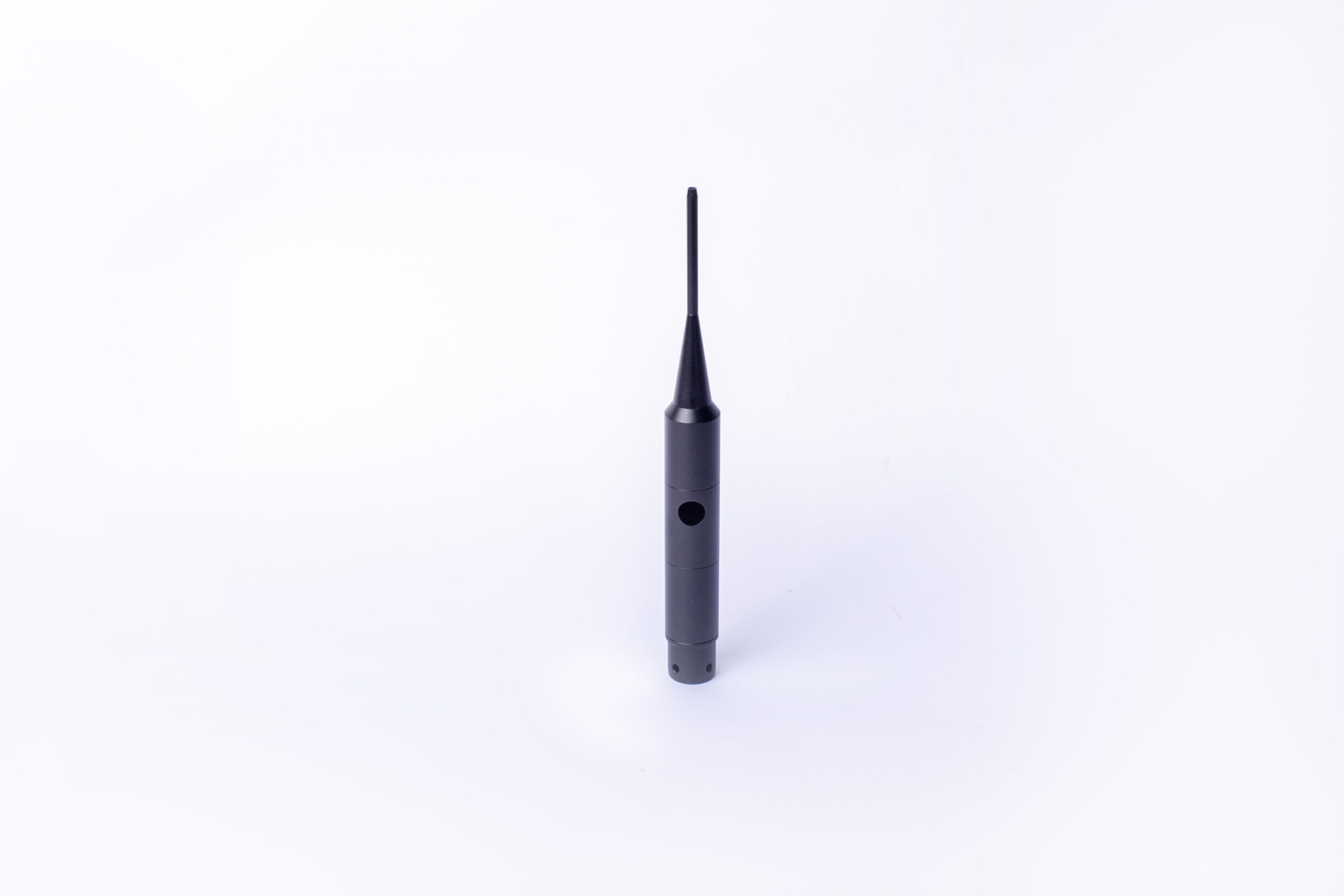
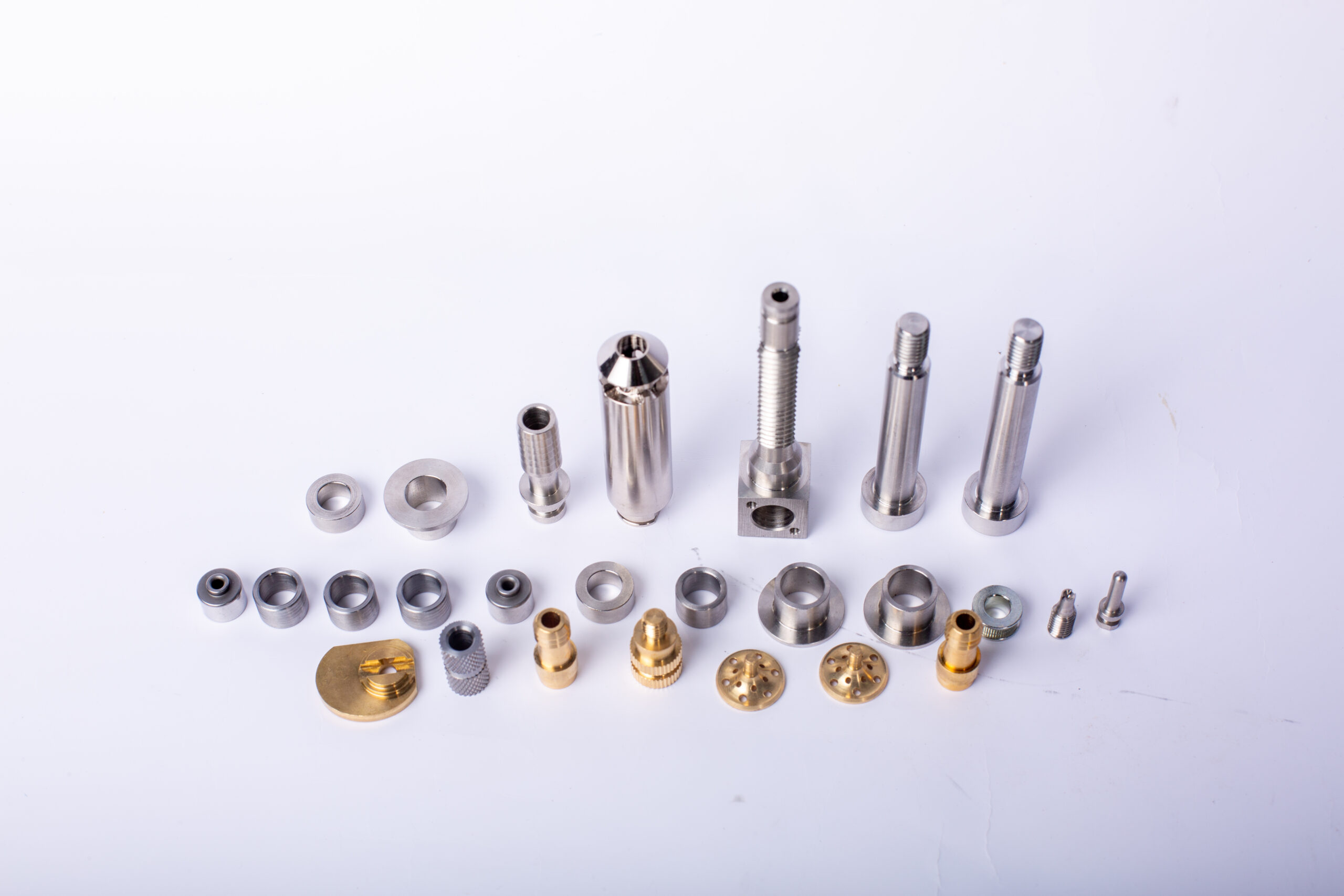
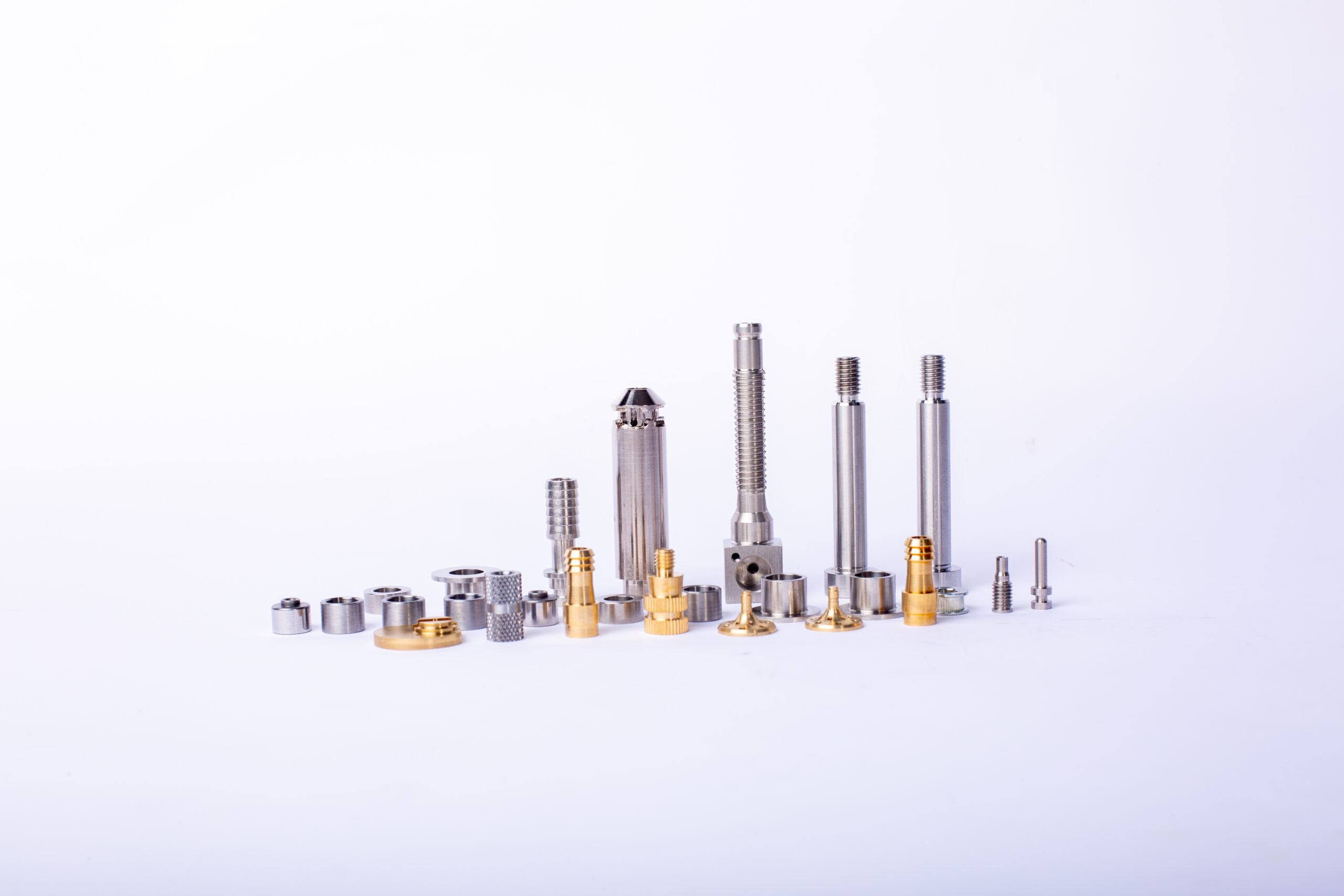
forged aluminum flanges FAQs Guide.
Our company is dedicated to providing high-quality forged aluminum flanges products to meet the needs of various industries. With advanced technology and skilled craftsmanship, we have become a leading manufacturer in the field of forged aluminum flanges. Our products are widely used in aerospace, automotive, and construction industries, just to name a few. We take great pride in our products as they are not only durable and reliable, but also lightweight and eco-friendly. Through this introduction, we hope to showcase the versatility and excellence of our forged aluminum flanges products. Thank you for choosing us as your trusted provider of top-notch forged aluminum flanges products.
1.How does the shape and geometry of a part affect the forged aluminum flanges process?
The shape and geometry of a part can have a significant impact on the aluminum forging process. The shape of the part will determine the type of die that is used, the amount of force that is required to form the part, and the amount of time it takes to complete the forging process. Additionally, the geometry of the part will determine the amount of material that is required to form the part, the amount of time it takes to complete the forging process, and the amount of force that is required to form the part.
2.About forged aluminum flanges inventory
Aluminum forging inventory is a collection of aluminum parts that have been forged into a specific shape or size. This inventory is typically used in the manufacturing of parts for various industries, such as automotive, aerospace, and medical. Aluminum forging is a process that involves heating and shaping aluminum into a desired shape or size. This process is often used to create parts that are stronger and more durable than those made from other materials. Aluminum forging inventory can include a variety of shapes and sizes, including rods, bars, tubes, and plates.
3.What is the role of lubrication in forged aluminum flanges?
We adhere to the principle of quality first and have a complete production quality management system and quality inspection process.
Lubrication plays an important role in aluminum forging. It helps reduce friction between the metal and the die, which can reduce wear and tear on the die and help to improve the quality of the finished product. It also helps to reduce the amount of heat generated during the forging process, which can help to prevent the aluminum from becoming too hot and causing damage to the die. Finally, lubrication can help to reduce the amount of force required to form the aluminum, which can help to reduce the amount of energy used in the process.
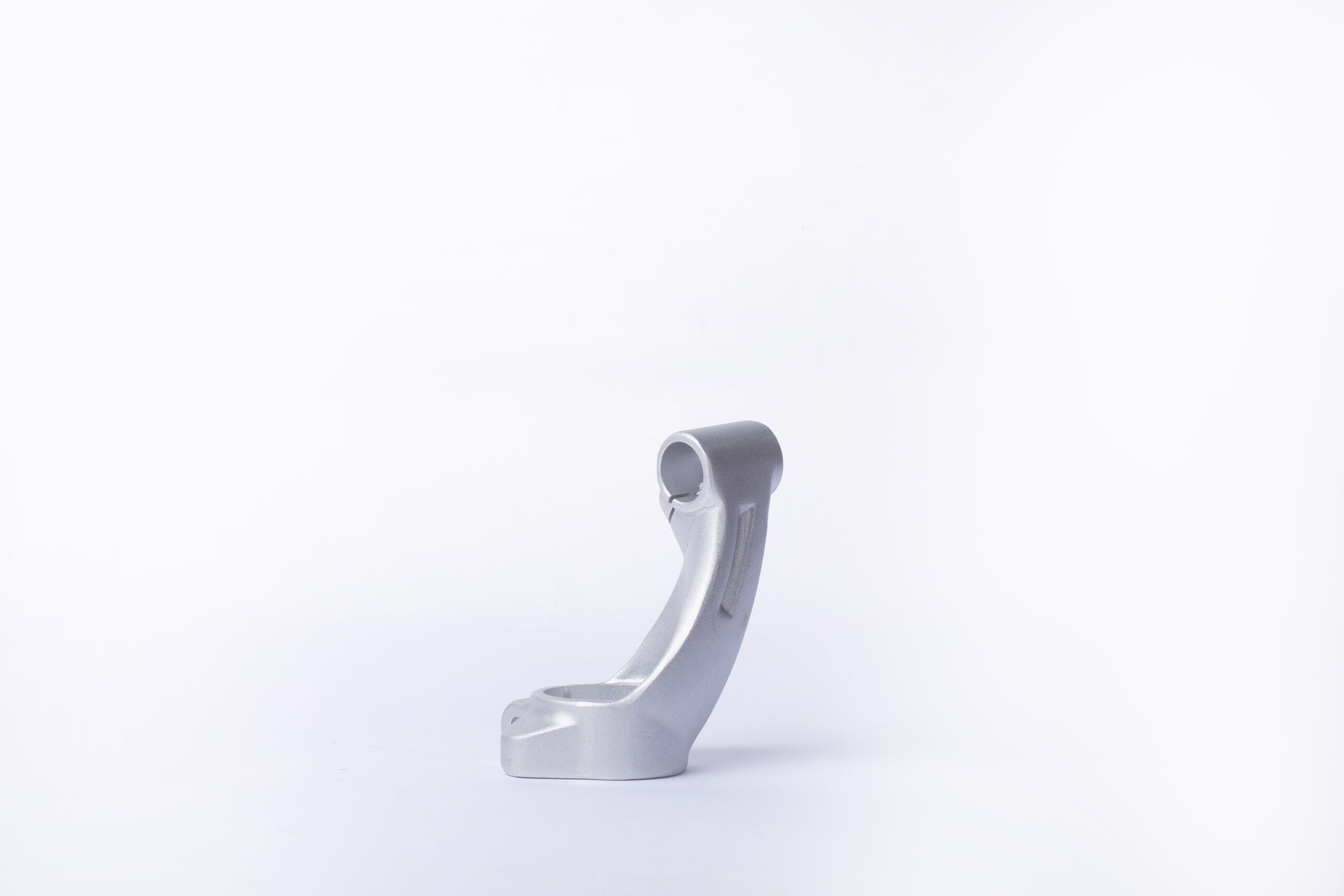
4.About the scale of forged aluminum flanges factory
The size of an aluminum forging factory depends on the type of products it produces and the size of the orders it receives. Some aluminum forging factories may be small, producing only a few parts at a time, while others may be large, producing thousands of parts per day. The size of the factory also depends on the type of equipment used, the number of employees, and the amount of space available.
5.What considerations should be taken into account when designing a product for forged aluminum flanges?
As one of the top forged aluminum flanges manufacturers in China, we take this very seriously.
1. Strength: Aluminum is a relatively soft metal, so it is important to consider the strength requirements of the product when designing for aluminum forging.
2. Heat Treatment: Aluminum is susceptible to heat treatment, so it is important to consider the desired properties of the product when designing for aluminum forging.
3. Grain Structure: Aluminum has a grain structure that can be affected by the forging process, so it is important to consider the desired grain structure of the product when designing for aluminum forging.
4. Tooling: Aluminum is a relatively soft metal, so it is important to consider the tooling requirements of the product when designing for aluminum forging.
5. Cost: Aluminum is a relatively inexpensive metal, so it is important to consider the cost of the product when designing for aluminum forging.
6.About forged aluminum flanges production equipment
Aluminum forging production equipment is used to shape and form aluminum into a variety of shapes and sizes. This equipment is used in a variety of industries, including automotive, aerospace, and construction. The equipment is used to create parts for cars, airplanes, and other products. It is also used to create custom parts for specific applications. The equipment is designed to be efficient and reliable, and it is capable of producing high-quality parts.
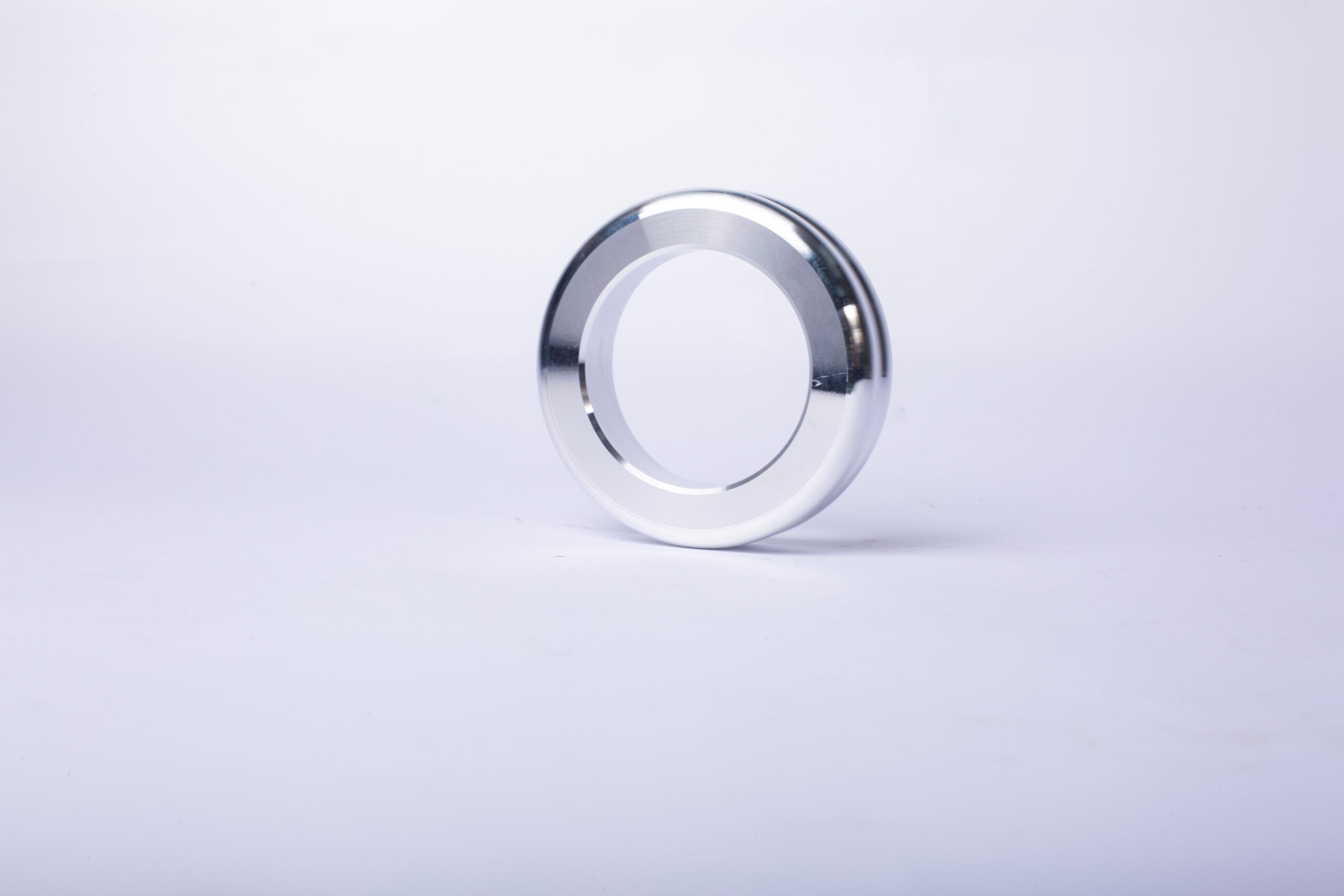
7.What are the joining methods used for forged aluminum flangess?
We are committed to providing personalized solutions and established long -term strategic cooperative relationships with customers.
1. Friction Welding
2. Flash Butt Welding
3. Resistance Spot Welding
4. Resistance Seam Welding
5. Forge Welding
6. Forge Brazing
7. Forge Soldering
8. Forge Bonding
9. Forge Riveting
10. Forge Pressing
8.Can non-CNC machining methods be used for finishing forged aluminum flangess?
As one of the forged aluminum flanges market leaders, we are known for innovation and reliability.
Yes, non-CNC machining methods can be used for finishing aluminum forgings. These methods include grinding, sanding, polishing, and buffing.
9.How does the choice of die affect the final product in forged aluminum flanges?
We have established a good reputation and reliable partnerships within the forged aluminum flanges industry.
The choice of die affects the final product in aluminum forging in several ways. The die design determines the shape of the final product, as well as the surface finish and dimensional accuracy. The die material also affects the final product, as different materials have different properties that can affect the strength and durability of the final product. Additionally, the die size and shape can affect the amount of force required to form the aluminum, as well as the amount of time it takes to complete the forging process.
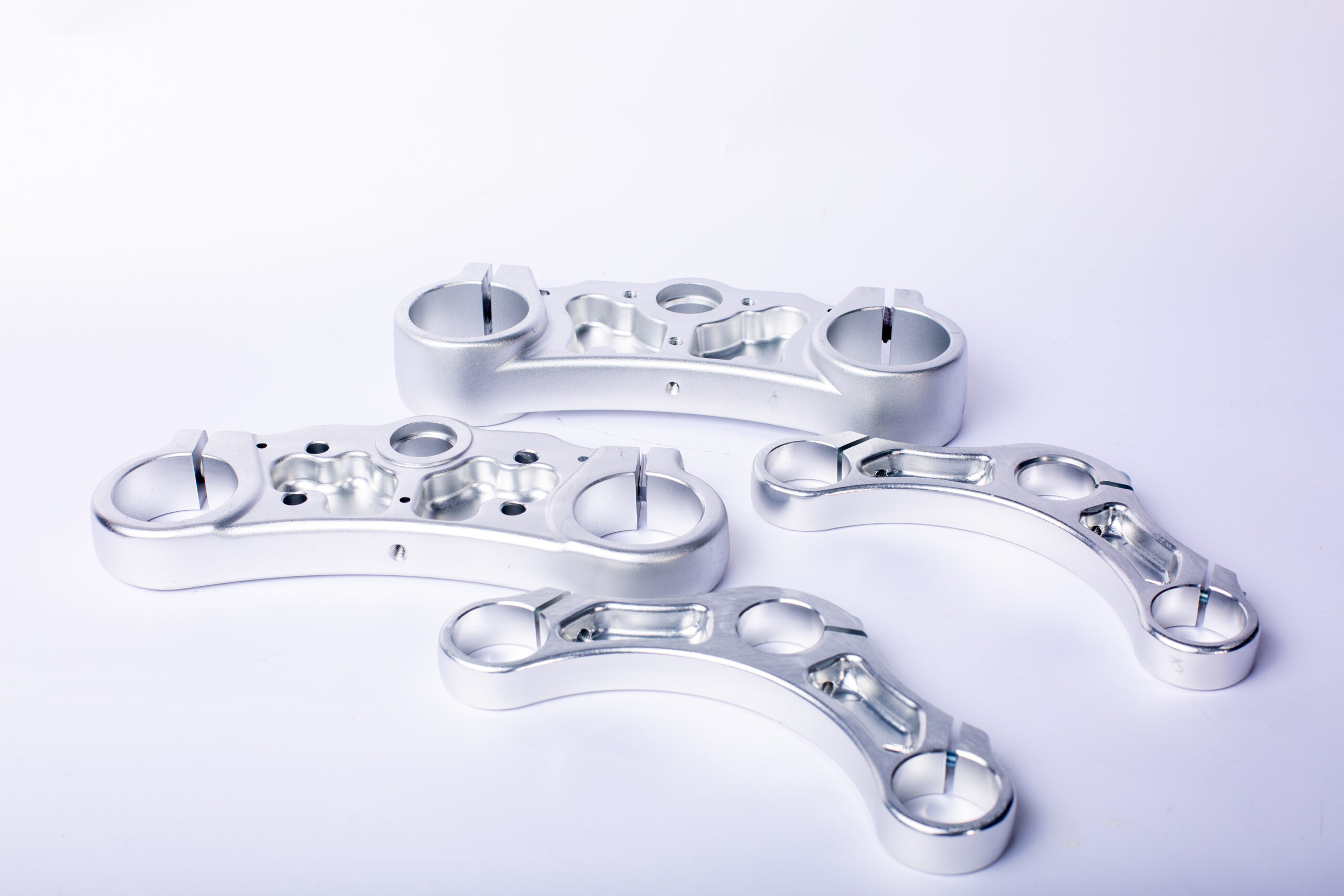
10.Are there any differences in the mechanical properties of forged and cast aluminum?
We pay attention to the transformation of intellectual property protection and innovation achievements. Your OEM or ODM order design we have a complete confidentiality system.
Yes, there are differences in the mechanical properties of forged and cast aluminum. Forged aluminum is typically stronger and more ductile than cast aluminum, due to the forging process which increases the grain size and improves the mechanical properties. Forged aluminum also has a higher yield strength and tensile strength than cast aluminum. Cast aluminum is typically softer and more brittle than forged aluminum, and has a lower yield strength and tensile strength.
11.How does the surface finish affect the performance of forged aluminum flangess?
The surface finish of aluminum forgings can have a significant impact on the performance of the part. A smooth, uniform surface finish can reduce friction and wear, improve fatigue strength, and reduce the risk of corrosion. A rough surface finish can increase friction and wear, reduce fatigue strength, and increase the risk of corrosion.
12.What industries commonly use forged aluminum flangess?
We attach importance to the innovation ability and team spirit of employees, have advanced R & D facilities and laboratories, and have a good quality management system.
Aluminum forgings are commonly used in the automotive, aerospace, defense, and marine industries. They are also used in the construction, medical, and sporting goods industries.
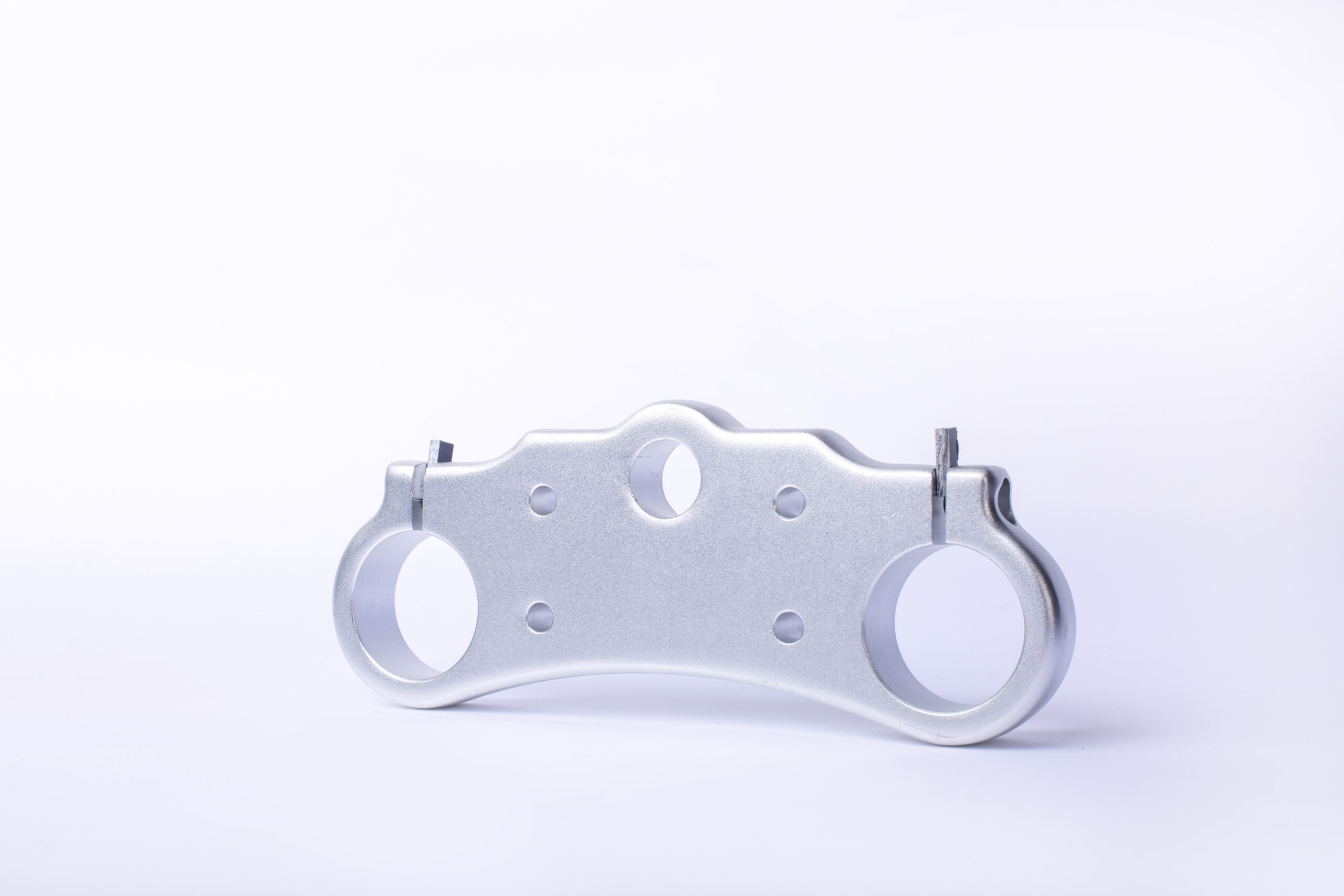
13.What are the different heat treatment processes used for forged aluminum flangess?
We have a first -class management team, and we pay attention to teamwork to achieve common goals.
1. Solution Heat Treatment: This process involves heating the aluminum forging to a temperature above its solidus temperature and then rapidly cooling it. This process is used to improve the strength and hardness of the aluminum forging.
2. Aging: This process involves heating the aluminum forging to a temperature below its solidus temperature and then allowing it to cool slowly. This process is used to improve the strength and hardness of the aluminum forging.
3. Annealing: This process involves heating the aluminum forging to a temperature above its solidus temperature and then allowing it to cool slowly. This process is used to improve the ductility and machinability of the aluminum forging.
4. Stress Relieving: This process involves heating the aluminum forging to a temperature below its solidus temperature and then allowing it to cool slowly. This process is used to reduce internal stresses in the aluminum forging.
5. Normalizing: This process involves heating the aluminum forging to a temperature above its solidus temperature and then allowing it to cool in air. This process is used to improve the strength and hardness of the aluminum forging.
14.What are the quality control measures taken during forged aluminum flanges?
I have a comprehensive after -sales service system, which can pay attention to market trends in time and adjust our strategy in a timely manner.
1. Visual Inspection: Visual inspection is one of the most important quality control measures taken during aluminum forging. This involves inspecting the forged parts for any visible defects such as cracks, porosity, or other surface imperfections.
2. Dimensional Inspection: Dimensional inspection is another important quality control measure taken during aluminum forging. This involves measuring the dimensions of the forged parts to ensure that they meet the required specifications.
3. Chemical Analysis: Chemical analysis is also an important quality control measure taken during aluminum forging. This involves testing the chemical composition of the forged parts to ensure that they meet the required specifications.
4. Non-Destructive Testing: Non-destructive testing is also an important quality control measure taken during aluminum forging. This involves testing the forged parts for any internal defects such as cracks, porosity, or other internal imperfections.
5. Stress Testing: Stress testing is also an important quality control measure taken during aluminum forging. This involves testing the forged parts for any stress-related defects such as cracks, porosity, or other stress-related imperfections.
Tag:forged aluminum upper receiver,6061 forged aluminum,polish forged aluminum,hand forged aluminum tray
Product Inquiry
We will respond within 12 hours, please pay attention to the email “@163.com” or “@alumforge.com”.
Also, you can go to the Contact Page, which provides a more detailed form, if you have more inquiries for products or would like to obtain OEM service.
Our sales experts will respond within 24 hours, please pay attention to the email with the suffix “@163.com”.